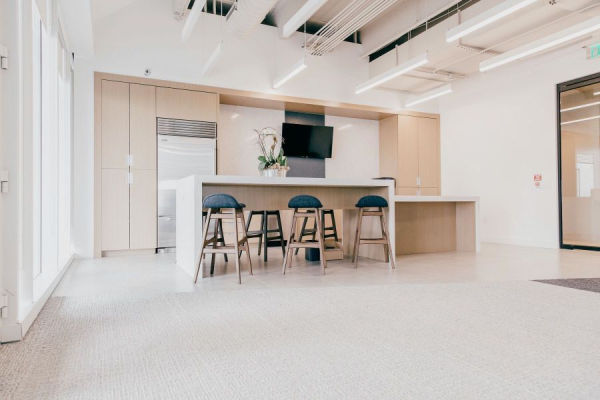
The Evolution of the office furniture industry
The office furniture industry has come a long way since its inception. From the first office ever to the open-office concept, the evolution of office design has been remarkable. Explore the history of office furniture and design to learn how it has influenced the workplace we know today.
The First Office Ever
The concept of an office may be an obvious one. In ancient Rome, the first office originated where rooms and spaces existed for dedicated work. Then in the 18th century, buildings began taking shape specifically for offices as trade continued to expand worldwide. The first office building commenced in 1726 in London and was named The Old Admiralty Office, and its purpose served the Royal Navy’s paperwork and is still in use today. In 1729, the East India Trading Company found a home for its headquarters; thus, more office buildings continued to emerge throughout London, creating the modern office buildings we know today.
Architect Peter Ellis designed the first skyscraper in 1864, and it only sat five stories high. Because these taller buildings needed access, the lift came to be along with steel frame construction, electric lighting, and air conditioning — radically changing the way offices and workers were able to function.
“Ellis’s architectural prowess across America gave rise to the iconic 20th-century skyscrapers of Chicago and New York – beginning with the USA’s first-ever glass curtain-walled example: Kansas City, Missouri’s Boley Building, finished in 1909. Ellis’s iconic architectural masterpiece led to the establishment of skyscraper office buildings worldwide, allowing not only for more vast, naturally-lit office floors but also more of them on finite land.” (Morgan Lovell)
In the 1920s, the office was primarily a functional space consisting of large, heavy wooden desks and chairs. However, the office began to evolve with new technologies like the typewriter and telephone. The introduction of these technologies led to the need for more efficient and ergonomic office furniture.
The Open-Office Concept
In the 1960s, the open-office concept was introduced to the workplace. This design removed barriers and partitions that separated employees, making the space more open and collaborative. The idea behind this concept was to create a more social and interactive work environment that would encourage employee communication. One of the first open-office concepts dates back to 1939 — the SC Johnson headquarters, known as “The Great Workroom,” located in Wisconsin, which displayed 21-foot columns to support its half-acre workspace.
The open-office concept gained popularity in the 1980s and 1990s, with many companies adopting this design to promote teamwork and creativity. This design became a popular trend in office furniture, with companies offering various types of furniture and layouts to accommodate the open-office concept.
The Evolution of Office Design
Over the years, office design has continued to evolve. In the 2000s, companies began to move away from the open-office concept, citing issues with noise and distractions. The change led to the creation of new designs that provided a balance between collaboration and privacy.
Office design has evolved to focus on flexibility, innovation, and adaptability. This approach involves designing a space easily adaptable to meet the needs of different departments or a singular task at hand. Furniture that can be rearranged, decor that can inspire, and integrated technology to support efficiency and productivity in the workspace are essential in the modern-day office.
As businesses continue to develop and grow, the office furniture industry will evolve and continue to be essential in shaping the future workplace. Our team understands each company’s unique requirements to create a successful and thriving work environment. How can we support your dream to become a reality? Reach out to us, and let’s get started.


